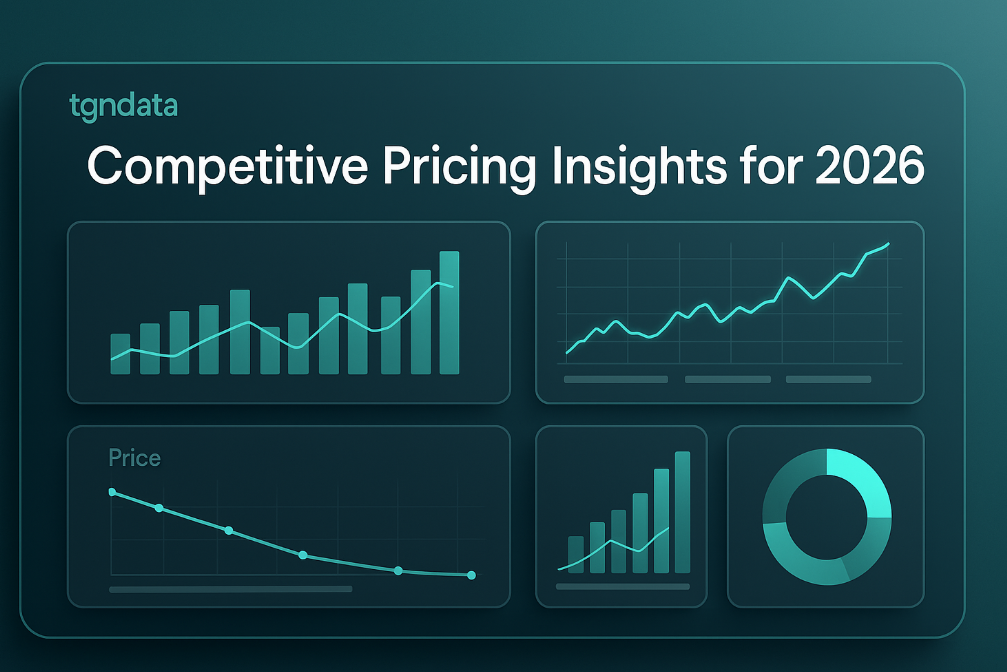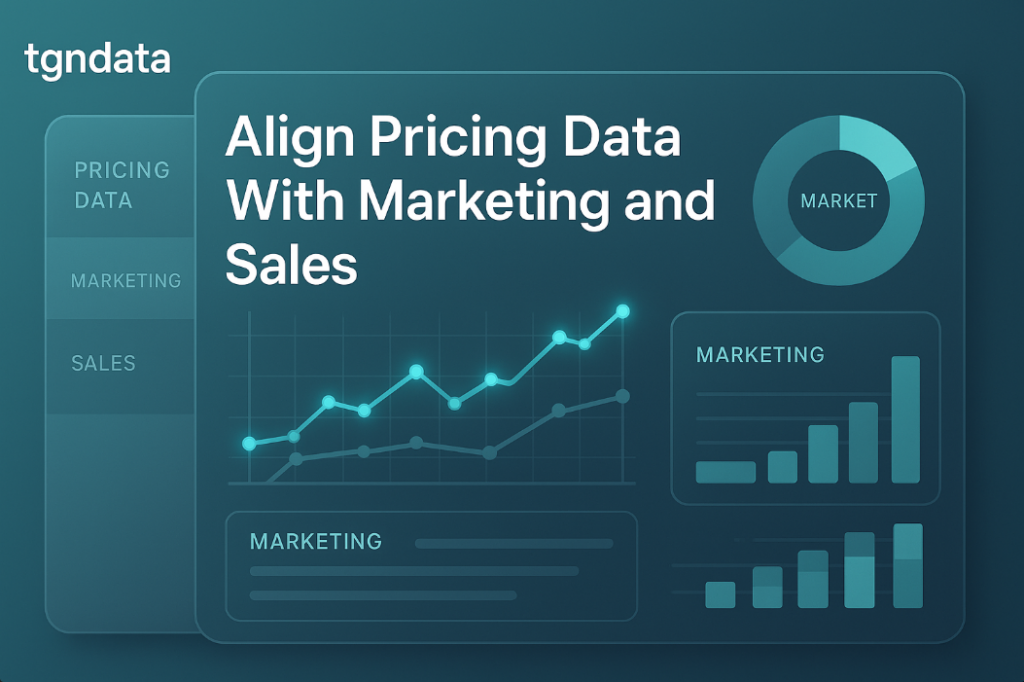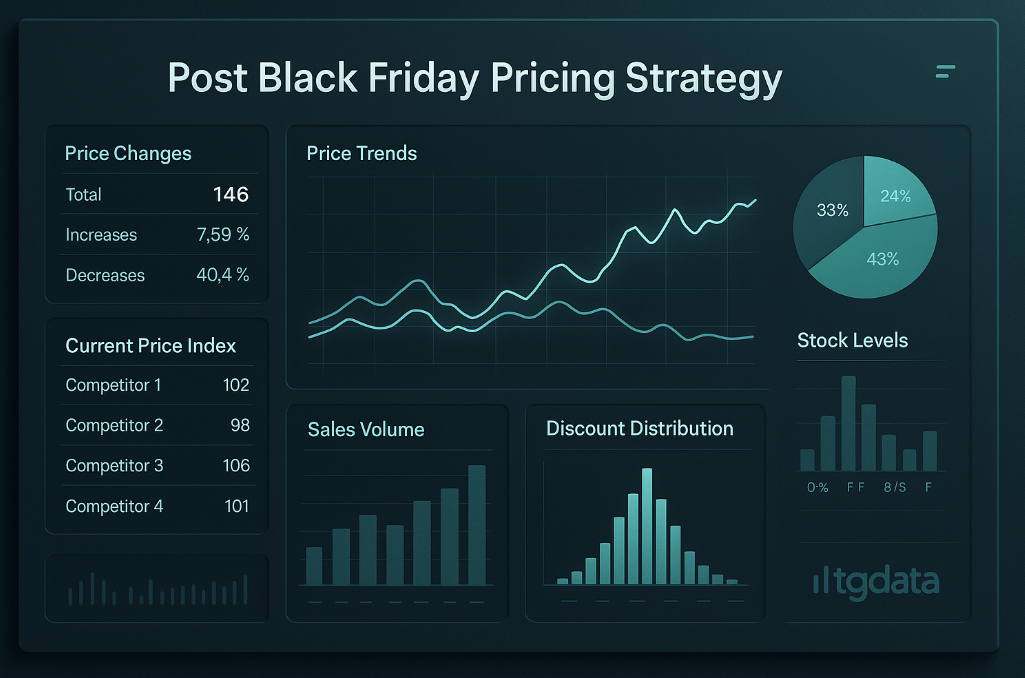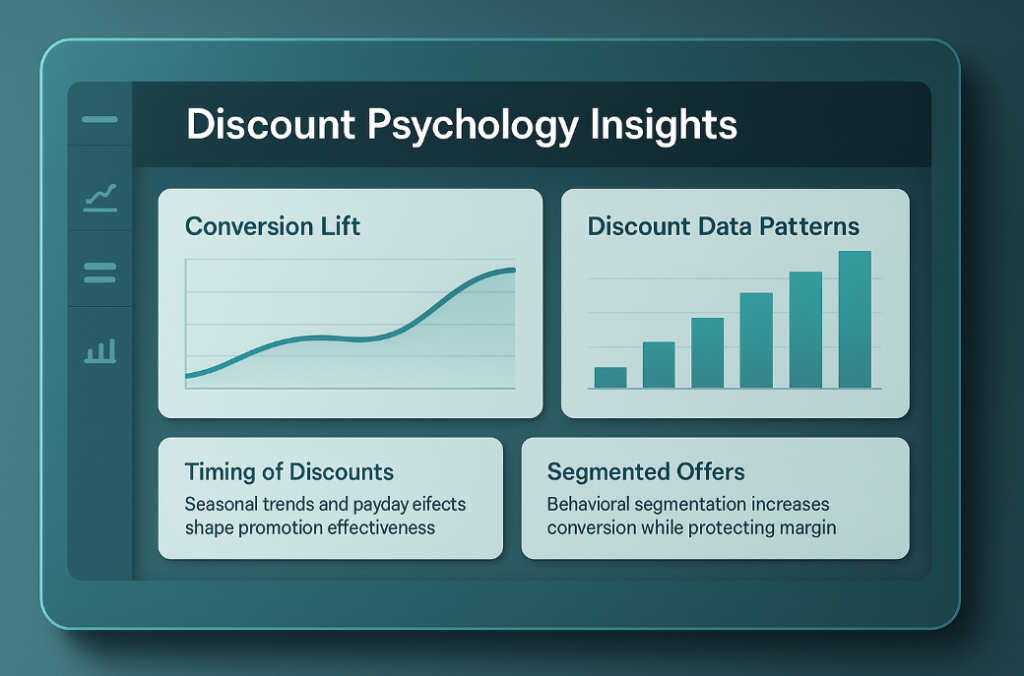- Product
- Solution for
For Your Industry
- Plans & Pricing
- Company
- Resources
For Your Industry
In today’s fast-paced, ever-evolving marketplace, establishing a competitive edge is essential for any business looking to thrive. One of the most powerful levers to accomplish this is pricing strategy. Competitive pricing is a popular approach that helps businesses remain relevant and attract customers by setting prices based on competitor rates rather than only focusing on production costs or profit margins.
Understanding and implementing competitive pricing effectively can lead to increased market share, stronger brand positioning, and improved customer loyalty. This article will cover the fundamentals of competitive pricing, the various strategies available, tips for optimization, and potential challenges to keep in mind.

Competitive pricing is a pricing strategy where a business sets its prices based on the prices of its competitors. Rather than using the cost of goods sold or profit margin as the sole determinants, companies analyze the pricing landscape in their industry, factoring in competitors’ pricing structures. This strategy is particularly common in industries where similar products or services are offered, such as retail, technology, and telecommunications.
For example, in a competitive pricing strategy, a retailer might set the price of a popular product slightly below the competition to attract price-sensitive customers. Or, they may match the prices of their competitors to position themselves as an equal alternative.
Competitive pricing offers significant benefits, such as attracting price-conscious customers, enhancing brand positioning, and helping businesses retain market share. However, it’s not without its challenges, as competitive pricing can sometimes lead to price wars, putting pressure on profit margins.
Businesses adopt competitive pricing for several compelling reasons:
Attracting and Retaining Customers: Price-sensitive customers are more likely to choose brands offering competitive prices. By maintaining a similar price point as competitors, businesses can attract new customers and retain existing ones.
Market Positioning and Brand Perception: Pricing plays a critical role in how customers perceive a brand. With competitive pricing, businesses can position themselves as affordable and accessible without compromising on quality.
Increasing Market Share: Offering competitive prices can help a company increase its market share. This approach is especially useful in highly saturated markets, where differentiation based on product alone is challenging.
Studies indicate that competitive pricing can significantly boost a company’s market penetration and customer loyalty. For instance, in retail and e-commerce, price comparison sites highlight the importance of having competitive pricing, as customers frequently research prices across different vendors before making a purchase.
Several approaches fall under the umbrella of competitive pricing. Here’s a closer look at some of the most widely used strategies:
Successfully implementing competitive pricing requires a thoughtful, strategic approach. Here are key steps to get started:
To set competitive prices, businesses first need to understand their market landscape. Market research includes identifying key competitors, tracking their pricing strategies, and analyzing any recent price changes. Tools like Google Trends, SEMrush, and competitor price tracking software can help gather and analyze this data effectively.
It’s essential to understand how customers perceive price relative to value. This insight helps determine the price points that will resonate most with your target audience. For instance, if competitors offer a similar product at a lower price, you might focus on unique features or added benefits to justify a slightly higher price.
Competitor prices fluctuate, so regular monitoring is essential to stay relevant. Automated pricing software tools can help track competitors’ prices in real time, enabling businesses to adjust their own pricing strategies accordingly.
Flexibility is key when it comes to competitive pricing. The market can change quickly due to factors like seasonal trends, economic conditions, or competitor actions. A flexible pricing structure allows a business to adapt its prices in response to these shifts while maintaining profitability.
While competitive pricing offers numerous benefits, it also presents some notable challenges:
Risk of Price Wars: When companies continuously lower their prices to outdo each other, it can lead to price wars. While this might benefit customers, it can hurt profit margins and long-term sustainability.
Profit Margin Erosion: Aggressive competitive pricing may help gain market share, but it can also erode profit margins, especially if it’s not backed by an efficient cost structure.
Ethical Considerations and Compliance: There are legal and ethical boundaries to competitive pricing, particularly in industries where predatory pricing (setting prices low to eliminate competition) is restricted by law. Companies should be aware of these regulations and adhere to ethical pricing practices.
Optimizing a competitive pricing strategy requires careful planning and consistent adjustments. Here are some valuable tips:
Advanced analytics tools like tgndata can reveal important insights into price elasticity, and optimal pricing points. By leveraging data, businesses can set prices that align with customer demand and maximize profitability.
Instead of competing solely on price, focus on what makes your product or service unique. Emphasizing unique features or customer service can justify a higher price and attract customers who are looking for more than just a low-cost option.
Psychological pricing tactics, like charm pricing (e.g., setting prices at $9.99 instead of $10.00), can influence customers’ perceptions. Other techniques include bundle pricing (offering a set of products at a reduced price) to encourage higher sales volume.
Competitive pricing is dynamic, so regular assessments are crucial. Review key metrics like sales, customer satisfaction, and market share to determine if your current prices align with business goals. Adjusting prices based on data can help maintain an edge in a constantly changing market.
Competitive pricing is a powerful strategy that can help businesses attract customers, increase market share, and enhance brand loyalty. However, to be effective, it requires thorough market research, regular adjustments, and a deep understanding of both the competitive landscape and customer expectations.
By implementing the right competitive pricing strategies—such as penetration pricing, promotional pricing, and price matching—businesses can establish themselves as strong contenders in their markets. Yet, it’s essential to navigate challenges like price wars and profit margin erosion with caution. Ultimately, success in competitive pricing lies in balancing affordability with value, adapting to market changes, and ensuring the strategy aligns with long-term business goals.
With these strategies and tips, businesses can stay competitive while maintaining profitability and a loyal customer base. Remember, competitive pricing isn’t just about offering the lowest price—it’s about creating a pricing strategy that aligns with customer needs and strengthens your brand position.













Missing an important marketplace?
Send us your request to add it!